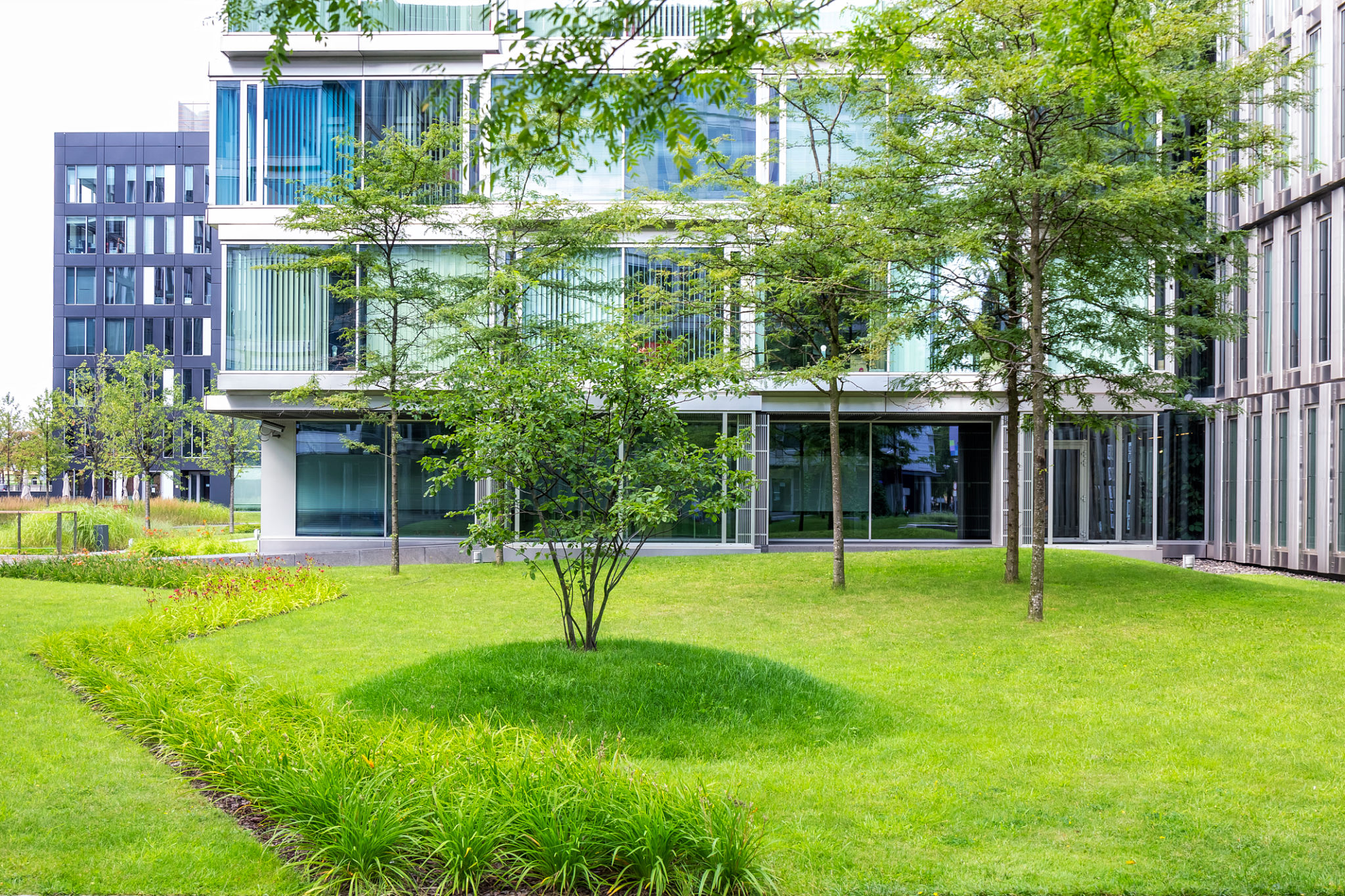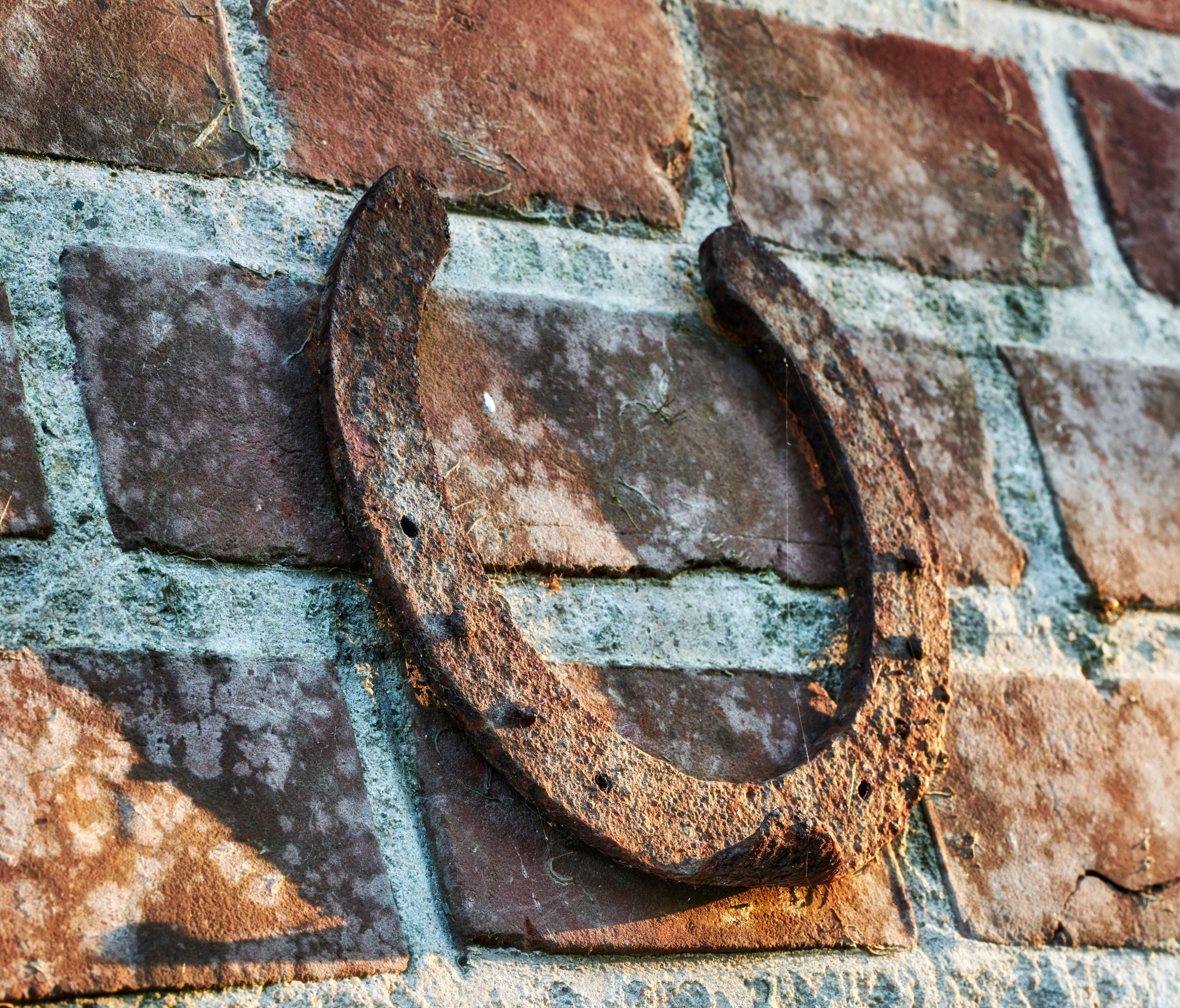How to Create a Low-Maintenance Corporate Garden
Planning Your Corporate Garden
Creating a low-maintenance corporate garden begins with careful planning. Consider the space you have available and the climate of your location. These factors will heavily influence the types of plants you can use. It's important to select plants that thrive in your local conditions to minimize the care they require.
Also, think about how your garden will be used. Is it meant to be a calming retreat for employees during breaks, or a visual enhancement for visitors? Understanding its purpose will help guide your design and plant choices.

Choosing the Right Plants
The key to a low-maintenance garden is selecting the right plants. Opt for native species whenever possible, as they are naturally adapted to your area's climate and require less water and care. Consider drought-resistant plants if your area experiences dry spells, as they will reduce the need for frequent watering.
Perennials are an excellent choice for corporate gardens because they return year after year, eliminating the need for replanting. Some popular low-maintenance perennials include lavender, sedum, and ornamental grasses.

Efficient Irrigation Systems
Investing in an efficient irrigation system can greatly reduce the effort required to maintain your corporate garden. Drip irrigation systems are particularly effective, as they deliver water directly to the roots of plants, minimizing waste and ensuring that each plant receives adequate moisture.
Consider incorporating a rainwater harvesting system to further reduce water usage. This eco-friendly option collects rainwater that can be used to irrigate your garden, providing a sustainable water source.
Low-Maintenance Landscaping Techniques
Incorporating hardscaping elements such as gravel paths, benches, or decorative stones can reduce the area that needs to be maintained while adding visual interest to your garden. These elements require little upkeep and can enhance the overall design.

Mulching is another effective technique for reducing maintenance. A layer of mulch helps retain soil moisture, suppress weeds, and improve soil health over time. Choose organic mulches like bark chips or compost for added nutrients.
Regular but Minimal Maintenance
While your garden design should aim for minimal upkeep, regular maintenance is still necessary to keep it looking its best. Schedule routine tasks such as weeding, pruning, and checking for pests. These tasks can be performed less frequently with a low-maintenance design, saving time and resources.
Encourage employees or hire gardening services to carry out these tasks periodically, ensuring that your garden remains a pleasant environment for all.

